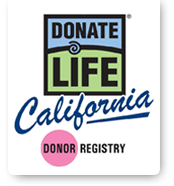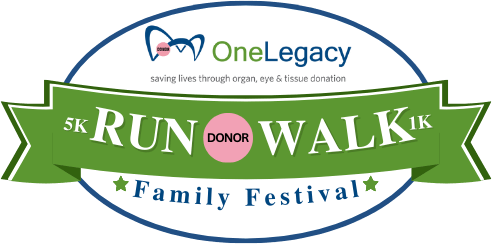
In January 2012, Alan Lindeke was finishing law school, happily engaged and ready to officially take on the role as stepfather to his fiancé, Shannon’s, two boys. An avid athlete and marathoner, Alan also seemed to be in perfect health.
But one day during one of his regular runs, Alan’s pulse suddenly dropped from 160 beats per minute to 64 beats per minute. Doctors attributed his arrhythmia (abnormal heart rhythm) to a virus and told him it would likely go way. To help regulate his heart beat, they put in a pacemaker and all was well. But then, during another run in July 2013, Alan couldn’t get his heart rate to go above 108 beats per minute. This time, doctors at multiple hospitals couldn’t pinpoint what was causing his heart to fail. A new pacemaker seemed to bring things back to normal again, but not for long.
Just five months later, during a Christmas snowboarding trip with Shannon and the boys in Lake Tahoe, he started experiencing severe stomach pains. His family tried to convince him to get checked out, but he didn’t want to put Christmas on hold, so he brushed them off and promised he’d go to the doctor after their vacation. On December 26, he went to UCLA Medical Center where he was told he wasn’t going home without a heart transplant. Alan learned his heart was functioning at just 3 percent. He was immediately put on the waiting list and was listed as “Status 1A” – his need was urgent and he and Shannon’s wedding plans were put on hold.
The next several weeks were a struggle. The normally active former Laguna Beach lifeguard was not used to sitting around all day and relying on others for his basic needs. Short activities left him out of breath and very tired. Despite what seemed like endless days of waiting, Alan and his family remained optimistic. “Alan was so upbeat and positive through this entire process,” says Shannon. “He would not let it bring him down.” Thankfully, Alan didn’t have to wait long. On February 13, 2015, just the day before Valentine’s Day, Alan got a new heart, and a new lease on life.
Not surprising to his family and friends, his recovery went fairly smoothly and he quickly got back to the activities he loved. Less than two weeks after his transplant, he was released from the hospital and went for a walk on the beach. Two months later, he returned to work and was able to toss a football around, go kayaking, ride a bike, and run his first post-transplant 5k. By months five and six, he was surfing again and running six to eight miles. By eight months, he was back on the slopes and spent New Year’s Day 2016 in Mammoth with Shannon. They’re planning a beach wedding for next year.
Alan never learned what exactly caused his heart failure but he did learn what it’s like to stare death in the face. About his experience, Alan says, “I am not a survivor, I am a warrior.” To his donor family, he gives a simple, humble and most heartfelt, “Thank you.” To those who aren’t sure about organ donation, he offers, “The best way to honor a loved one is to allow them to live on through someone else.”
Shannon says the hardest part of the process was thinking that while they were celebrating with tears of joy, another family were crying tears of sadness and loss of a loved one. “It truly is an experience that you don’t understand unless you’re a part of it. I hated to think that a life was lost and we were celebrating. I would love to one day meet Alan’s donor family and hug them tightly and tell them how truly sorry I am for their loss and what an incredible gift they have given to Alan. We will never be able to repay them, but they will always hold a special place in my heart.”
Shannon made the following video in celebration of Alan’s one year transplant anniversary:
> More Stories







